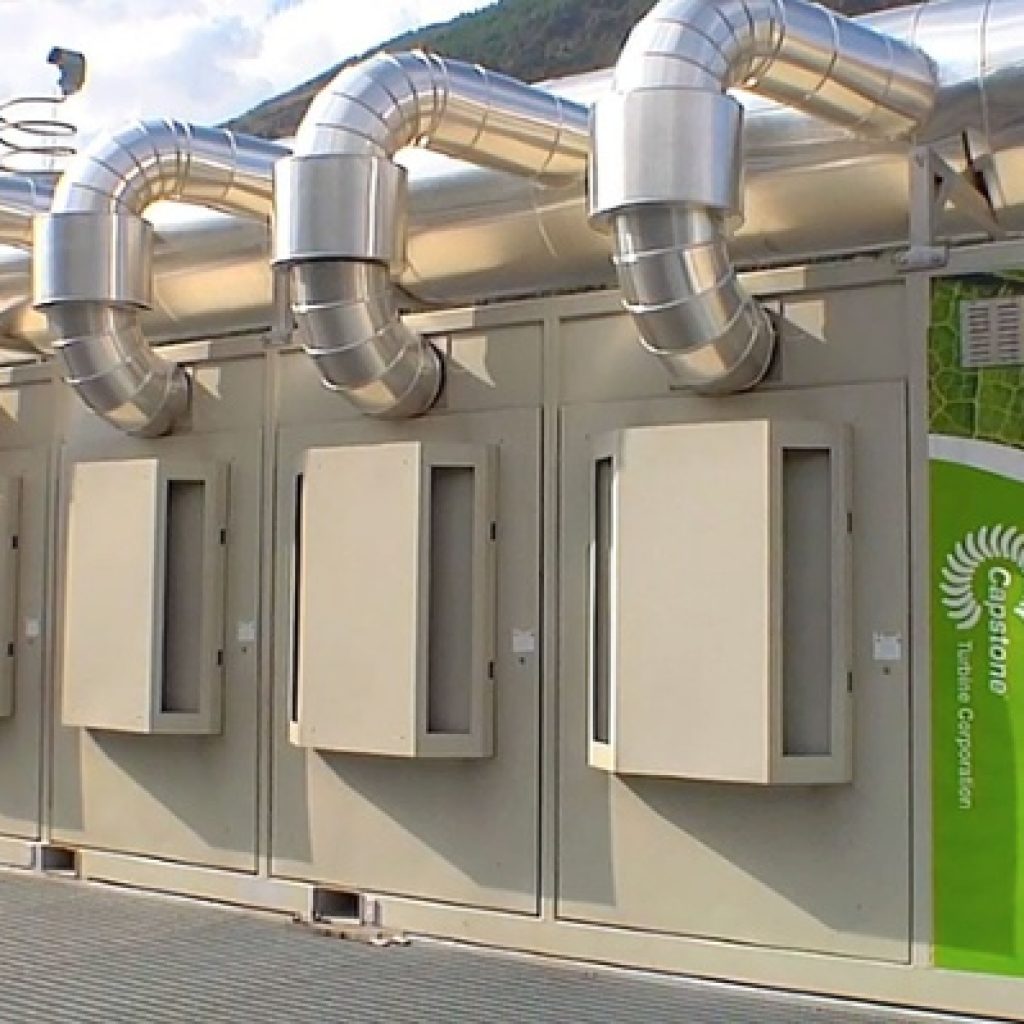Microturbine power has many benefits. When lightning knocked out power in the new wing of a California hospital, staff held small battery-powered spotlights while the surgeon closed down the emergency operation. Fire trucks soon illuminated the room with portable lights through the windows and the surgeon completed the operation.
Fortunately, the patient was fine. Unfortunately, the ‘self-sufficient’ backup power system in the new wing failed to restore electricity within the 1-minute design specification.
From 2003-12, lightning and other severe weather caused 80% of all power outages. Researchers estimate over $150 billion a year is lost by U.S. industries due to an unreliable grid.
Stay up to date with energy trends. Subscribe to the Energy Wire Blog Today.
Superstorm Sandy
Superstorm Sandy, the second costliest hurricane in U.S. history, thrashed the East Coast in October 2012. Power outages affected 2.6 million facilities, businesses, and homes in New Jersey, 2.1 million in New York and 630,000 in Connecticut. The business standstill caused an estimated $20 billion in losses.
After the storm, the New York State Energy Research and Development Authority (NYSERDA) contacted 24 sites it funded with combined heat and power (CHP) systems, including several with Capstone microturbines. All 24 sites operated continuously during the grid outage.
How CHP works
CHP can efficiently power one large building or an entire campus. An electrical generator such as a Capstone microturbine is the key system component. As the microturbine generator produces electricity, it also produces heat. A CHP system captures the waste heat to create steam or hot water for space heating, cooling, or other processes. Power systems not configured for CHP vent excess heat into the atmosphere.
Capturing and using the waste heat allows CHP systems to reach fuel efficiencies of up to 80%, compared with about 45% for conventional and separate heat and power systems.
A 2013 report from ICF International for Oak Ridge National Laboratory noted, “Overall, a CHP system that runs every day and saves money…is more reliable in an emergency than a backup generator system that only runs during emergencies.”
“Free heat and hot water from the excess heat make microturbines a competitive means of electric generation. They provide a safeguard against downtime costs for businesses that rely on sensitive electronics or cannot endure even momentary outages.”
– New Jersey Natural Gas Website
Microturbines, CHP & Sandy
Capstone microturbines average 99% availability. In CHP applications, they operate with or without connection to the electric grid. Capstone CHP systems fueled with clean-burning natural gas attain up to 90% efficiency for combined cooling, heating and power (CCHP) systems.
During Superstorm Sandy, facilities with Capstone CHP microturbines operated without interruption, including:
- Christian Health Care Center, New Jersey. Four Capstone 65kW microturbines helped meet all power, heating, and hot water needs of residents while the large assisted-living facility was completely o the grid for 14 days. Not one resident was transferred to another facility during the storm. The microturbines simultaneously provide 260kW of electricity, 100 tons of cooling, and/or 1.2 million BTUs of hot water for domestic use.
- Red Cross Disaster Relief Shelter at Salem Community College, New Jersey. Three Capstone microturbines were the only power source for the college and onsite Red Cross shelter. The microturbines operated continuously for nearly 96 hours. Year round, the Capstone C65 microturbines provide 195kW of electricity to five buildings that serve 1,300 students across 11 acres. The microturbine-powered CHP system produces 100% of the campus’s hot and chilled water and 80% of its electricity.
Microturbines vs. Traditional Diesel Backup Generators
Maintenance
Because Capstone microturbines have only one moving part and no synthetic lubricants or coolants (they use friction-free air as a lubricant), maintenance is significantly less than traditional diesel generators. The results are significant cost savings and an average 99% power availability.
Emissions
Facilities with microturbines can reduce greenhouse gas emissions 40%, which can surpass solar and wind.
Off the Grid
Microturbine CHP installations don’t require energy from a central power plant, further reducing primary energy use and lowering electric bills. In certain situations, the business can sell excess electricity from the microturbine back to the utility.This article has been used with permission from Horizon Power Systems. To learn more about their CHP products, please visit their website at www.HorizonPowerSystems.com
You can download the Horizon Power System white paper here.





